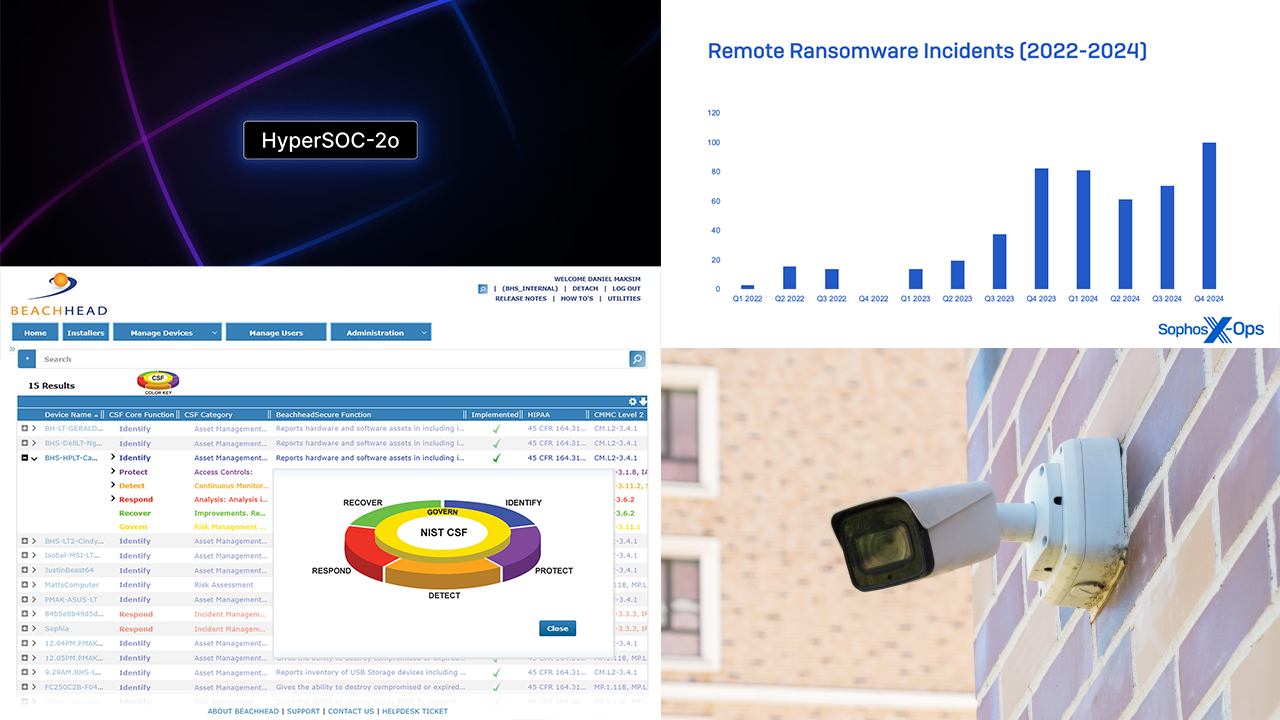SwiftStack, a company that powers cloud storage for enterprises, announced the availability of new and enhanced features for public cloud archiving, synchronization, and multi-region data management in version 5.9. As the second significant product update this year, SwiftStack multi-cloud data management includes new capabilities in its Cloud Sync tool for public cloud archiving and on-premises data rehydration based on policies governed and managed by IT. Version 5.9 also includes new choices for multi-region data durability and policies in its single namespace, among many additional enhancements.
According to†George Crump, Storage Switzerland President, “As organizations’ cloud strategies continue to mature, they are increasingly looking for ways to leverage multiple cloud and multiple regions. At the same time, given new regulations like General Data Protection Regulation†(GDPR), it is also critical for organizations to be very intentional about data placement and data retention. SwiftStack’s 5.9 release allows organizations to be distributed, multi-cloud and deterministic in their use of cloud resources be they private, public or hybrid.”
SwiftStack has enhanced features that enable application workflows or parts of those workflows to operate across multiple different public clouds, placing data close to the compute resources that can better execute parts of workflows that can benefit from hybrid cloud. IT maintains control and governance of policy management, and users simply consume storage from the single namespace in the same way they would in the public cloud, choosing which policy is best for their application. SwiftStack’s single namespace provides the best possible experience by responding to requests from the data location that can respond most quickly with that data.
Enhancements include the following:
Improved Public Cloud Compute and Archiving Workflows
Organizations using public cloud resources for inactive data see cost benefits as well as reduced risk. SwiftStack allows auto-tiering to the public cloud based on IT-defined policies. Since data remains universally accessible in a single namespace, applications and users do not need to be aware of where the data is physically stored; archived data is automatically rehydrated to on-premises infrastructure when requested. Repatriating a workload from public cloud to private cloud is especially complex at scale, but SwiftStack now manages the process seamlessly even while applications are online, and maintains uninterrupted access to data.
End-User Access to a Multi-Cloud Namespace with the SwiftStack Client
As SwiftStack moves data across multiple clouds based on policy, the SwiftStack Client gives end users transparent access to the data they need to utilize. If data is archived to a remote cloud, the data structure in the eyes of the user remains the same. The only difference they see is the addition of a simple icon noting that the data is at rest somewhere else. When they need to interact with the data, it behaves as if it was still on-premises.
Multi-Region Erasure Coding
Typically, organizations that use erasure coding as a protection option have been limited to a single geographic region, particularly if they require high performance. Using erasure coding across locations has historically required significant investment in hardware for redundancy, and SwiftStack users now can now achieve efficient ratios of capacity across multiple global regions while maintaining durability that does not impose unnecessary demand on the WAN when recovering from failures. Rather than spread parity bits across all available regions, SwiftStack uses the nodes in each region and keeps the data whole in each global location. This makes data more likely to remain available even if an entire server node goes offline, and reduces the need to transfer large amounts of data from another region in the event of a request or rebuild.
Deterministic Placement
Organizations with standalone data centers or clusters geographically dispersed across data centers can now set extremely granular data placement policies. IT can specify how many replicas of the data should be kept in each region, and which nodes within regions to store the data based on a tiering strategy that combines high-capacity nodes and low-latency nodes with solid state drives. If a region goes down or an application has to be moved, data is automatically accessed on nodes in another region without requiring any changes.
“The rollout of these features gives our users many new ways to master their workload placement, automate the flow of data between local and public cloud infrastructures, and to ensure they get the cost advantages of public cloud compute and capacity instead of incurring unnecessary physical infrastructure costs,” said†Joe Arnold, SwiftStack president and chief product officer. “Cloud data management is supposed to be simple, cost-effective, and flexible, though the reality is often much different, and we believe SwiftStack multi-cloud brings that promise to life.”
SwiftStack brings the fundamental attributes of public cloud resources into the enterprise infrastructure: scalability, agility, and pricing based on consumption. Legacy applications can access and consume the same data from the single namespace via file services, and cloud-native applications via object APIs. Users gain the freedom of workload placement between private data centers and public clouds like Amazon or Google, and from cloud to cloud, according to administrative policies. Whether on-premises or in public cloud, data remains under the management control of internal IT, residing wherever it is needed by users and applications. SwiftStack enables the use of standard commodity hardware and choice of server hardware, drives, and networking; and scales linearly, so capacity and throughput can be added independently and cost effectively.













